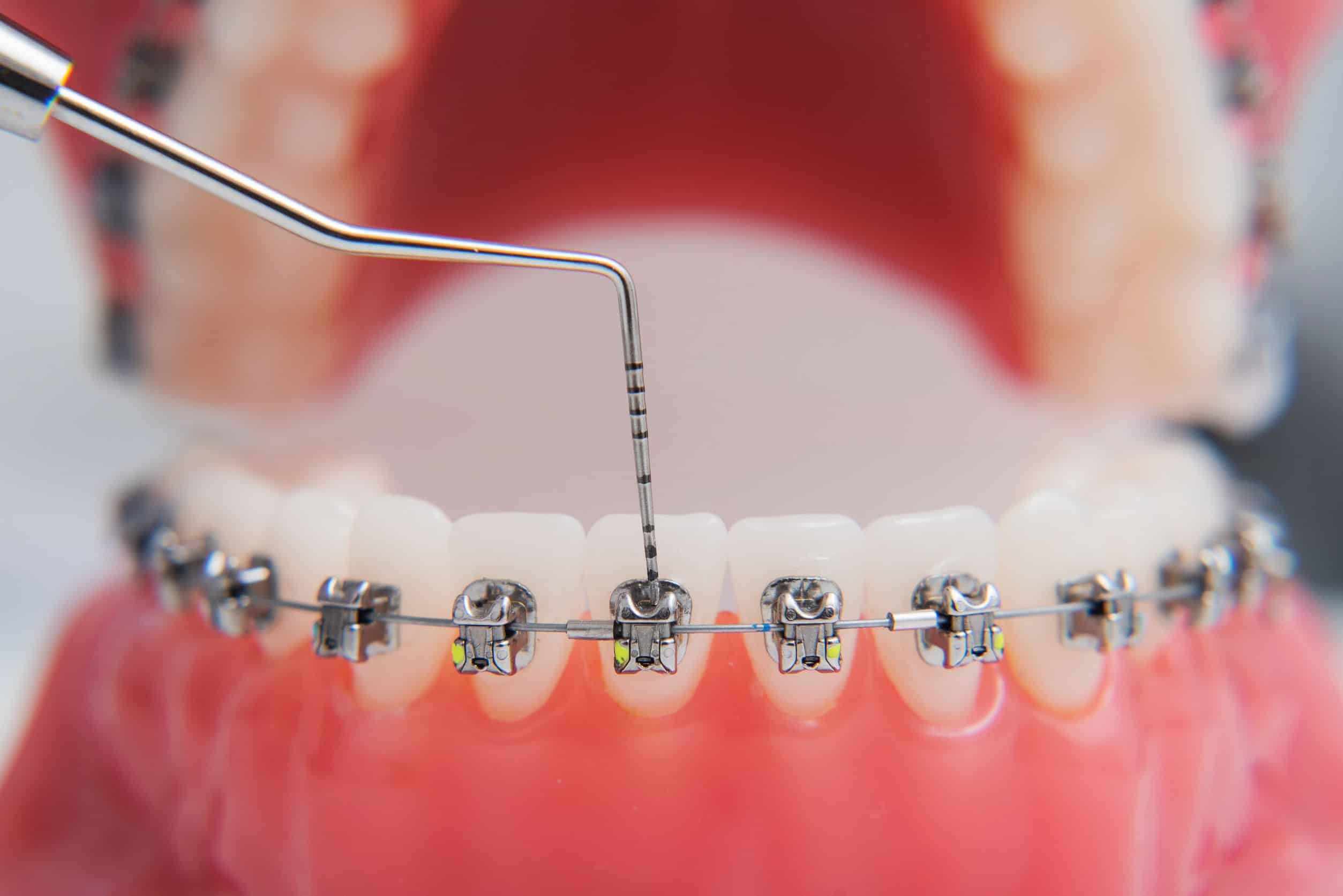Legacy Orthodontics - An Overview
Legacy Orthodontics - An Overview
Blog Article
The smart Trick of Legacy Orthodontics That Nobody is Discussing
Table of ContentsThe 7-Minute Rule for Legacy Orthodontics7 Simple Techniques For Legacy OrthodonticsThe Basic Principles Of Legacy Orthodontics Some Known Questions About Legacy Orthodontics.An Unbiased View of Legacy Orthodontics
In addition, we supply adjustable therapy schedules, versatile settlement options and an enjoyable, pleasurable experience.An orthodontist is a dental expert trained to detect, protect against, and deal with teeth and jaw abnormalities. They correct existing conditions and are educated to identify problems that might establish in the future. Orthodontists collaborate with people of all ages, from youngsters to adults. People often associate a perfect smile with health.
Malocclusion, or misaligned teeth, can result in dental issues, consisting of tooth degeneration, periodontal disease, and difficult or painful eating. However not every person is birthed with straight teeth. If you have a negative bite or big spaces in between your teeth, you may intend to consult a dental professional focusing on orthodontic treatment.
How Legacy Orthodontics can Save You Time, Stress, and Money.
( Picture Credit Rating: DigitalVision/Getty Images) Orthodontists make use of taken care of and removable dental devices, like dental braces, retainers, and bands, to alter the setting of teeth in your mouth. Orthodontic treatment is for dental irregularities, consisting of: Jagged teethBite problems, like an overbite or an underbiteCrowded teeth or teeth that are also far apartJaw misalignmentThe goal of orthodontic therapy is to boost your bite.
A healthy bite guarantees you can eat, eat, and talk properly. While you may assume of orthodontists as generally for children or teens who need dental braces, they can correct dental issues at any age. Orthodontists attend university, oral institution, and orthodontic college. After college graduation, they spend 2 or 3 years in an orthodontic residency program.
, but not all dental practitioners are orthodontists. They concentrate on two areas: Just how to properly and safely move teeth Exactly how to effectively lead advancement in the teeth, jaw, and faceOnce an orthodontist has finished training, they have the option to come to be board accredited.
Legacy Orthodontics - Truths
Malocclusion leads to tooth overcrowding, an askew jaw, or uneven bite patterns. Malocclusion is usually treated with: Your orthodontist connects metal, ceramic, or plastic square bonds to your teeth.
If you have just minor malocclusion, you might have the ability to make use of clear dental braces, called aligners, as opposed to traditional dental braces (https://www.artstation.com/legacyortho8/profile). Some individuals require a headwear to help relocate teeth into line with pressure from outside the mouth. After braces or aligners, you'll need to wear a retainer. A retainer is a custom device that maintains your teeth in area.
They're usually made use of on children. They can develop additional room in the mouth without having to pull teeth. If you have a serious underbite or overbite, you might need orthognathic surgery (likewise called orthodontic surgical treatment) Going Here to lengthen or shorten your jaw. Orthodontists make use of cords, medical screws, or plates to sustain your jaw bone.
You may require to see an orthodontist if you have: Crowding or not adequate space for every one of your teethOverbite, when your upper teeth come your bottom teethUnderbite, when your bottom teeth are also far forwardSpacing or issues with gapsCrossbite, which is when your upper teeth fit behind your bottom teeth when your mouth is closedOpen bite or an upright void between your front bottom and upper teethMisplaced midline, when the facility of your bottom and upper teeth don't align Correcting a dental malocclusion can: Make attacking, eating, and speaking easierImprove the proportion of our face and your general appearanceEase pain from temporomandibular joint conditionsSeparate your teeth and make them simpler to clean up, aiding protect against tooth decay or cavities It's often a dentist that first notifications misaligned teeth during a routine test.
What Does Legacy Orthodontics Do?

Throughout your very first orthodontic examination, you'll likely have: A dental examPhotos taken of your face and smileDental X-raysPanoramic (360 level) X-rays of your face and headImpressions to create molds of your teethThese examinations will help your orthodontist know just how to proceed with your treatment. invisalign. An orthodontist is a dentist that's had training to treat your teeth and jaw
An orthodontist is focused on your bite, so something like a damaged tooth would be dealt with by a dentist. Orthodontists are concentrated on your bite, or the means your teeth fit together, and the straightness of your teeth.
Ever before wondered exactly how celebs always seem to have flawlessly lined up teeth? The response usually lies in the knowledgeable hands of an orthodontist. What exactly does an orthodontist do? Orthodontists are dental specialists that focus on correcting irregularities in the teeth and jaws. Their knowledge goes past just creating a beautiful smile; it expands to improving your overall oral health and wellness and function.
The 9-Minute Rule for Legacy Orthodontics

, orthodontists have a diverse toolkit at their disposal. These tried-and-true dental braces make use of a system of brackets adhered to the teeth and connected by cables.
Clear aligners, like Invisalign, are a prominent choice for patients looking for a more discreet treatment option. These removable trays are personalized to progressively change the teeth's position. Headgear may be utilized together with dental braces or aligners to apply extra targeted pressures, specifically for correcting jaw discrepancies. In situations of slim jaws, palatal expanders can be made use of to produce room for proper tooth positioning.
Report this page